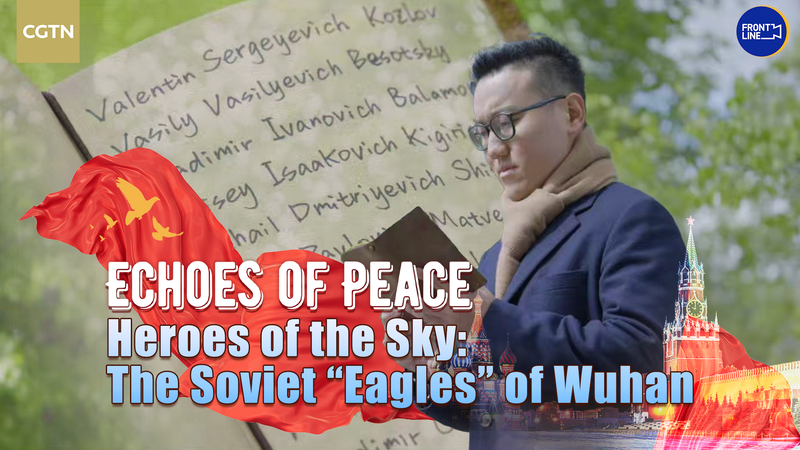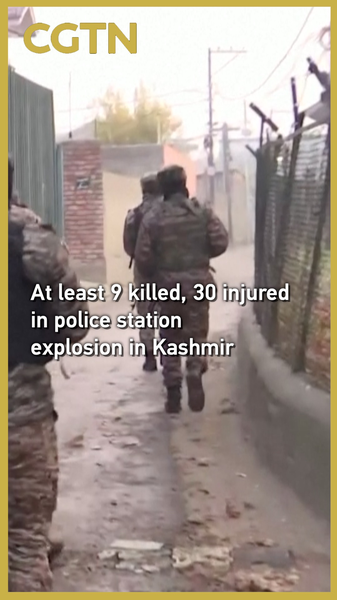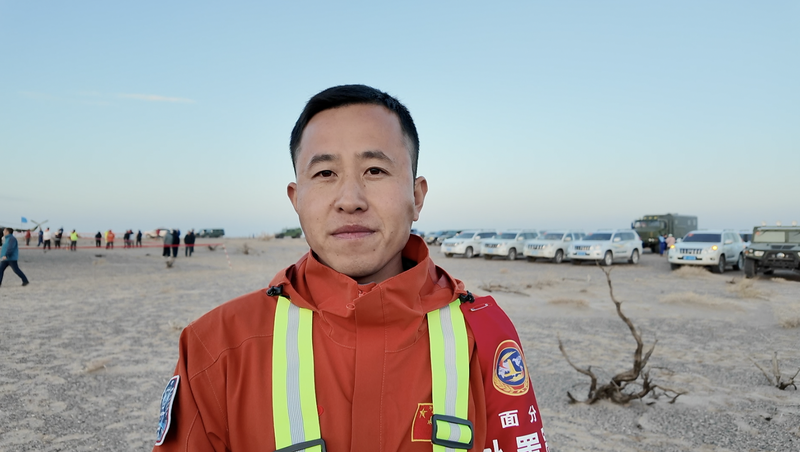In 1938, as the Battle of Wuhan raged on the Chinese mainland, a group of Soviet Air Force volunteers slipped into the fray under a veil of secrecy. Operating under code names like "Eagle," "Rabbit" and "Little Bird," more than 200 of these young aviators answered a call for solidarity in the global fight against fascism.
Despite their courage, the volunteers largely remained anonymous. Records were sparse, and official reports only listed their code names, leaving actual identities lost to history – until now. In recent years, dedicated researchers have dug through declassified archives, cross-referenced flight logs and uncovered correspondence that sheds light on the true faces behind these heroic aliases.
This week, at Moscow's Red Square, the Eternal Flame memorial took on new meaning. For the first time, planners added the real names of the Soviet airmen who gave their lives during the Battle of Wuhan. Family members, historians and dignitaries gathered to witness the unveiling, turning decades of mystery into a moment of recognition and gratitude.
For historians, this breakthrough underscores how volunteers transcended national lines to uphold shared values. Their sacrifice not only bolstered China's defenses but also highlighted global solidarity in the fight against fascism.
As these airmen finally shed their code names and take their rightful place in history, their newly revealed names will inspire fresh conversations about cross-border courage and remembrance.
Reference(s):
cgtn.com




